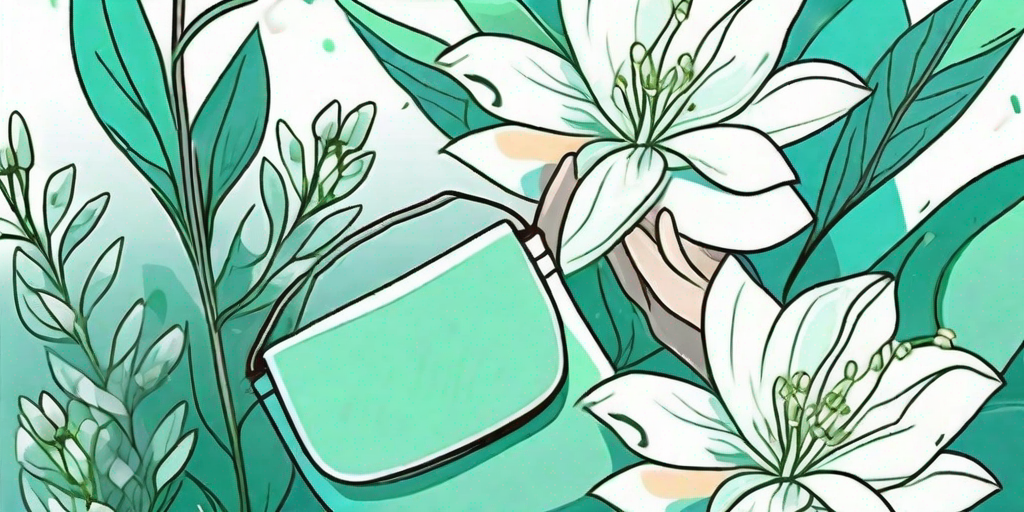
When it comes to the world of gardening, jasmine plants are the equivalent of a Hollywood superstar. They're beautiful, they smell divine, and they have a reputation for being a bit high maintenance. But don't let that deter you. With the right knowledge and a bit of cheeky humor, you can grow jasmine like a pro and enjoy lush, fragrant blooms all season long.
Understanding Your Jasmine Plant
Before you can start growing your jasmine like a pro, you need to understand what makes this plant tick. Jasmine plants are like the divas of the plant world. They need their specific needs met, or they'll let you know about it. And trust me, a wilting jasmine plant is not a pretty sight.
There are over 200 varieties of jasmine, but the most common ones are Jasminum officinale (common jasmine) and Jasminum polyanthum (winter jasmine). Despite their differences, all jasmine plants have a few things in common. They love the sun, they need well-drained soil, and they require regular watering and feeding.
The Importance of Sunlight
Jasmine plants are sun worshippers. They need at least four to six hours of sunlight each day to thrive. If you're growing your jasmine indoors, make sure it's in a sunny window. If it's outside, plant it in a spot that gets plenty of direct sunlight.
But remember, while jasmine loves the sun, it doesn't like to get too hot. If the temperature rises above 65°F (18°C), your jasmine may start to feel the heat. So, keep an eye on the weather and move your plant to a cooler spot if necessary.
Watering and Feeding Your Jasmine
Like any diva, jasmine needs regular pampering. This means watering your plant regularly and feeding it with the right fertilizer. But be careful not to overdo it. Too much water can lead to root rot, and too much fertilizer can burn the roots.
The key is to keep the soil moist but not waterlogged. As for feeding, a balanced fertilizer is best. Look for one with equal amounts of nitrogen, phosphorus, and potassium. And remember, it's better to underfeed than overfeed. Your jasmine will thank you for it.
The Secret to Lush Blooms: The Best Fertilizer for Jasmine
Now that we've covered the basics of jasmine care, let's get to the juicy part: the secret to lush blooms. And the secret, my friends, is all in the fertilizer.
While a balanced fertilizer is a good start, if you want to grow jasmine like a pro, you need to go one step further. You need a fertilizer that's specially designed for flowering plants. These fertilizers have a higher phosphorus content, which promotes blooming.
Choosing the Right Fertilizer
When it comes to choosing a fertilizer for your jasmine, you're spoiled for choice. There are organic options, synthetic options, liquid fertilizers, granular fertilizers... the list goes on. But don't let the variety overwhelm you. Here's a simple guide to help you choose:
- Organic vs. Synthetic: Organic fertilizers are made from natural materials like bone meal or compost. They're a great choice if you're trying to garden sustainably. Synthetic fertilizers are made from chemicals. They're not as eco-friendly, but they're often more concentrated and faster-acting.
- Liquid vs. Granular: Liquid fertilizers are easy to apply and are quickly absorbed by the plant. Granular fertilizers are slower to release, providing a steady supply of nutrients over time.
- Phosphorus Content: Look for a fertilizer with a high phosphorus content. This is the nutrient that promotes blooming. The higher the phosphorus content, the more blooms you'll get.
FAQs
How often should I fertilize my jasmine plant?
During the growing season (spring and summer), you should fertilize your jasmine every two to four weeks. During the dormant season (fall and winter), you can cut back to once every one to two months.
Can I use a general-purpose fertilizer for my jasmine?
Yes, you can. But if you want to get the most blooms possible, a fertilizer with a high phosphorus content is best.
What should I do if my jasmine isn't blooming?
First, check the basics. Is your jasmine getting enough sunlight? Are you watering it correctly? If everything seems fine, try switching to a high-phosphorus fertilizer. If that doesn't work, it may be time to call in a professional.
Conclusion
And there you have it, folks. The secret to growing jasmine like a pro. With the right care and the right fertilizer, you can enjoy lush, fragrant blooms all season long. So, go forth and garden. Your jasmine plant is waiting.















